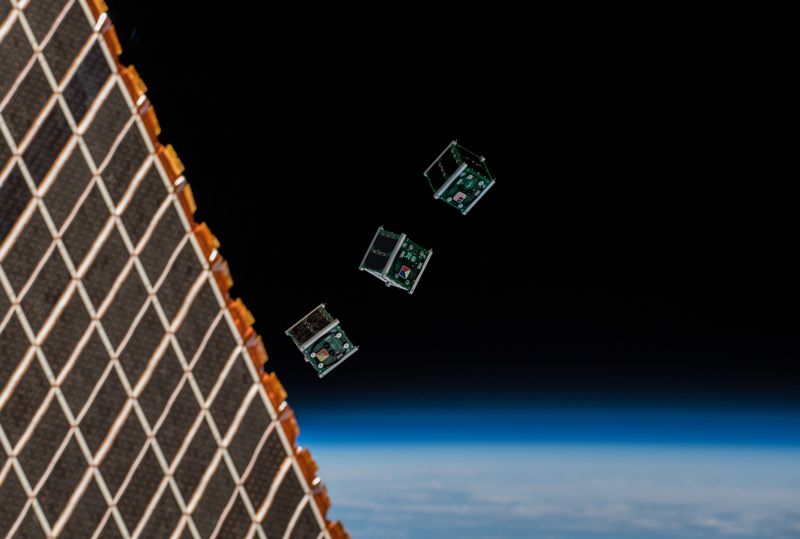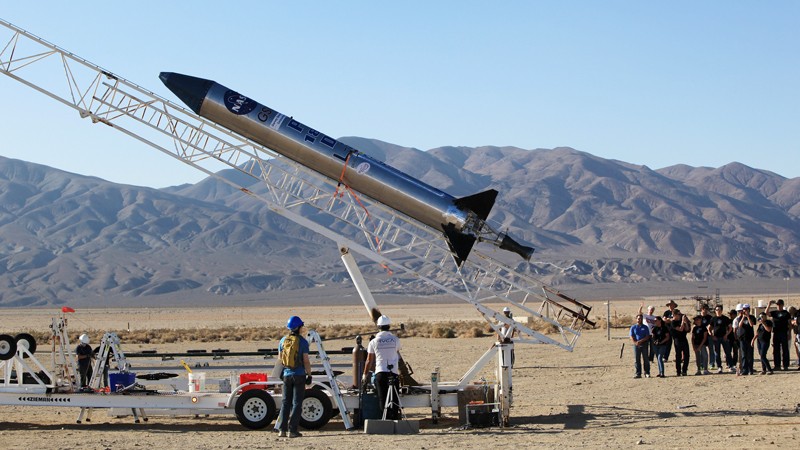“The first trillionaire will be made in space,” US Republican Senator Ted Cruz told scientists and entrepreneurs in May at a Washington DC summit on sending humans to Mars. He could be right, but only if we rethink space technology.
The cost of launching a satellite is comparable with the value of its weight in gold. It takes thousands of dollars to send one kilogram into low Earth orbit, often ten times more than that. Returning material is even more expensive: it cost the equivalent of US$250 billion per kilogram of sample for Japan’s Hayabusa spacecraft to bring back less than 1 gram of asteroid grains in 2010. The price tag for the whole mission was $250 million.
Still, space is big business. Globally, companies invested about $262 billion in 2016, mostly on using satellites for telecommunications, navigation and remote sensing1 (see ‘Lift-off’). Governments, too, spend billions — about $84 billion worldwide in 2016. More than half that ($48 billion) was from the United States, mainly for military, meteorological and communications purposes.
 |  |
Nature 562, 185-187 (2018)





